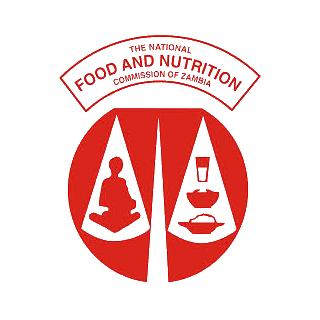Overview
Severe acute malnutrition is defined by a very low-weight-for-height, by visible severe wasting, or by the presence of nutritional oedema. Decreasing child mortality and improving maternal health depends heavily on reducing malnutrition, which is responsible – directly or indirectly – for 35% of deaths among children under five. Children who become undernourished between conception and 24 months of age are in danger of impaired cognitive development, affecting their learning capacity, which affects their productivity and growth in later years. In addition, malnutrition directly and indirectly affects the economy by increasing the burden on the health care system and lost productivity.
The Integrated Management of Severe Acute Malnutrition (IMAM) programme has received recognition in the management and healing of severely acute malnourished children. Various countries, Zambia inclusive, have for more than a decade embarked on the Integrated Management of Severe Acute Malnutrition, which has been expanded to incorporate the management and rehabilitation of uncomplicated cases of severe acute malnutrition within the communities; (Community Integrated Management of Acute Malnutrition (CIMAM)) with the case finding being an important feature of CIMAM.
Zambia Situation Analysis
One of the causes of malnutrition among children under the age of five in Zambia is inadequate exclusive breastfeeding for the first six completed months of a child’s life. Although exclusive breastfeeding is estimated at 73% among children aged 0 to 6 months, a combination of early and late commencement of complementary feeding before and after six months of life is a contributing factor to malnutrition. Further to this, inadequate quantity and quality of the foods given to the children, and low feeding frequency are still challenges. Other determinant causation factors include infection especially diarrheal and acute respiratory infections (CSO MoH & ICF 2014). In Zambia, childhood deaths remain high with infant and under five mortality rates estimated at 45 deaths and 75 deaths per 1000 live births respectively (CSO, MoH & ICF 2014). The current under five mortality estimates appear to be higher than the country’s goal of 64 deaths per 1000 live births by 2015 as defined by the fourth Millennium Development Goal.
Programme Objective
The main objective of the programme is to contribute to the reduction of under-five mortality rate by adequate management of severe-acute malnutrition in hospital and community settings using the WHO guidelines.
Programme Activities
Zambia is actively implementing the programme at two levels: Health facility setting for cases with complications and within the community for cases without complications.
- Components of CIMAM
- Community outreach
Community sensitisation:
|
- Outpatient therapeutic feeding (OTP)
At first time contact, health workers:
|
- Inpatient care
At first contact, heath workers:
|
Challenges
- Lengthy hospital stay disrupts the family care for other children who also depend on the caregiver providing care for malnourished child
- There may be cross-infection that may result in other health problems in addition to the malnutrition problem
- Other limitations are related to staff attrition arising from staff leaving the hospital, policy of moving staff to different wards, short staffed, inadequate weighing and measuring equipment may be a problem
- Inadequate distribution of the protocols to health workers involved in the management of severely malnourished children.
Issues to be addressed for a sustainable integrated management of severe malnutrition
- Continued training for health workers involved in the management of severely acutely malnourished children in designated facilities, and if possible, replacement of those who fall off
- Availability of structured management protocols
- Availability of therapeutic feeds and other essential supplies
- Availability of committed community volunteers for case identification within the communities
Partners
Ministry of Health, Ministry of Community Development, Mother and Child Health, World Health Organization, UNICEF, World Food Programme, Health facilities and communities.
References
Cook, R 1971, Is hospital the place for treatment of malnourished children? J Trop Pediatr Environ Child Health. vol. 17, pp. 15 – 25.
Jelliffe, DB & Jellife, EF 1970, The children’s ward is a lethal factor? JPediatr. Vol. 77, pp. 895 – 9.
Briend, A 2001, Management of severe malnutrition: efficacious or effective? J Pediatr Gastroenterol Nutr. vol. 32, pp. 521 – 2.



